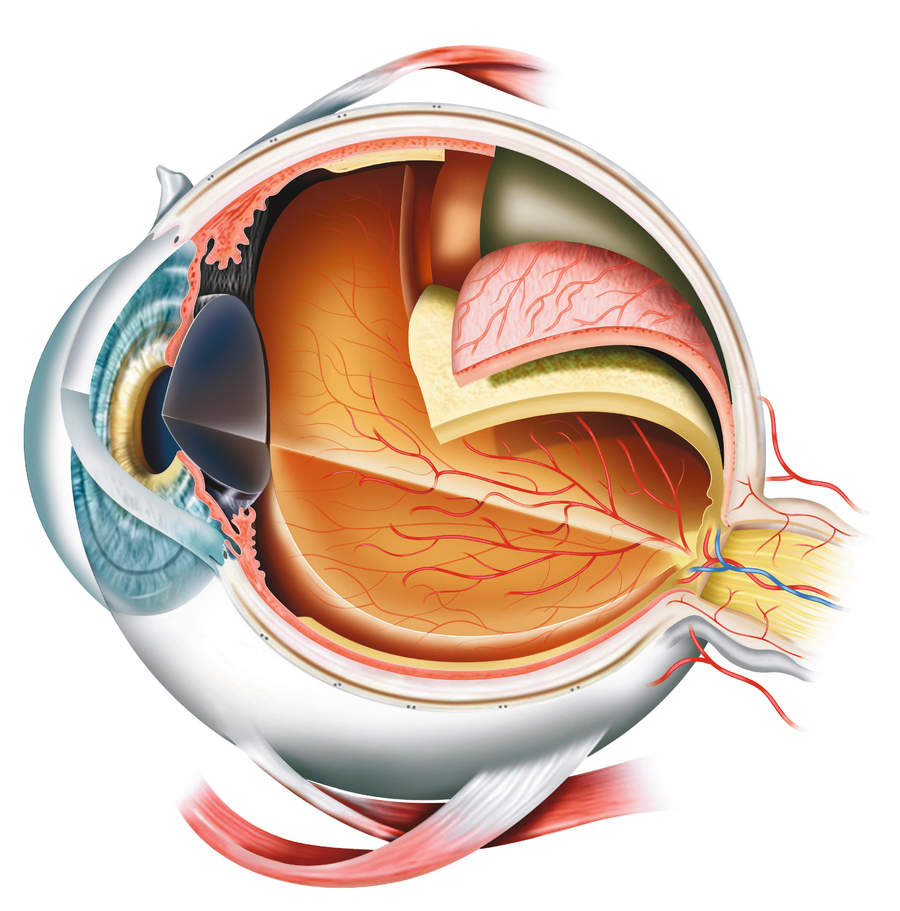Why can we still see bright objects after shutting our eyes?
by Ailsa Harvey · 17/11/2019

Question from Peter Reeves
This is known as an afterimage, and is caused by the effects of the light on the cells in the back of your eye. Your eye detects light using specialised cells packed with sensitive pigments. You have rods, which detect light and dark, and cones, which transmit information about colour. If you look at a bright light
for too long, the pigments become bleached, and the nerve cells become fatigued. It takes them a little while to recover, and while this is happening, the area of your eye that was exposed to the light cannot transmit any more signals. The effect is a negative imprint of the image in your vision.
Answered by Laura Mears for Brain Dump in How It Works issue 97.
To feature in our Brain Dump section, send us your questions to [email protected] or message us on Facebook or Twitter
For more science and technology articles, pick up the latest copy of How It Works from all good retailers or from our website now. If you have a tablet or smartphone, you can also download the digital version onto your iOS or Android device. To make sure you never miss an issue of How It Works magazine, subscribe today!




